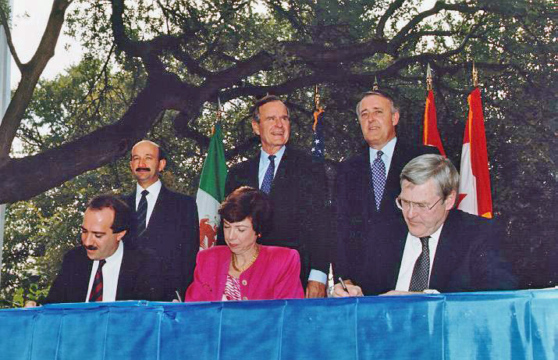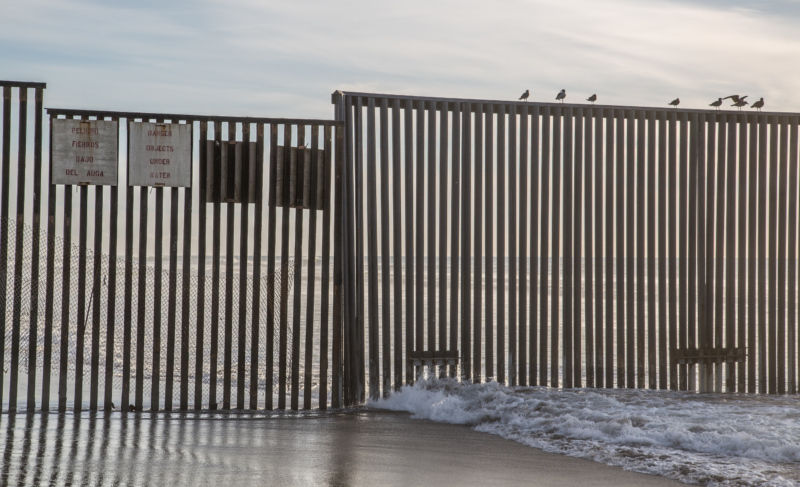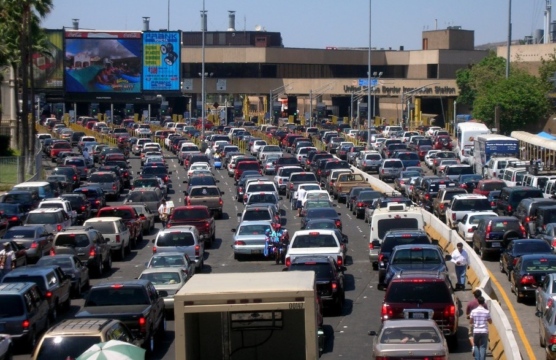
What are the Best Options for Modernizing NAFTA?
How significant of a priority should strengthening NAFTA be as compared to other trade agreements?
Few neighbors have such deep and wide-ranging ties as the United States and Mexico. Both countries are bound not only by geography, but also through economic, security and social connections. They share an almost 2,000-mile-long border, extending from the Gulf of Mexico to the Pacific Ocean, which was forged through conflict and war. More than 1 million people and $1.4 billion in trade cross the binational border every day. About 200,000 people have been killed in Mexico since 2006, when the country declared a “war on drugs,” a conflict in which security forces are supported by the U.S. government, while drug cartels grow strong by selling to U.S. consumers and purchasing U.S. weapons. And 36 million people of Mexican origin live in the U.S.: Over 25% of them are American citizens.
Despite these strong connections—or perhaps because of them—the bilateral relationship is subject to strong pressures coming from domestic politics in both countries. Ever since he announced his candidacy for the U.S. presidency in 2015, Donald Trump has used Mexico as a proxy for two of his most central issues: He takes a protectionist stance on trade and a nativist and restrictive position on immigration—and accuses Mexico of being the problem in both areas. In doing so, Trump feeds negative prejudices and misconceptions regarding Mexico that were already present in parts of American society, and most of which have little basis in reality.
For example, Mr. Trump has pledged to “build a wall” (which he says would be paid for by Mexico) to stop the flow of migrants coming through the southern border. Yet since 2009 net immigration from Mexico has actually been negative, as more Mexicans have left than entered the U.S. Similarly, Trump blames the North American Free Trade Agreement (NAFTA) between Mexico, the U.S. and Canada for job losses and deindustrialization in the U.S. that are better explained by technological changes and the impact of China’s growing manufacturing power.
Meanwhile, in July 2018 Mexico held a historic presidential election won by Andrés Manuel López Obrador, the country’s first leftist president in generations. López Obrador secured a decisive victory against traditional parties by promising to transform the country and put an end to Mexico’s pervasive poverty and inequality, widespread corruption, and rampant, drug-related violence. López Obrador will take office on December 1 and still hasn’t met Trump, but they have held friendly phone conversations and have a good initial rapport. Further, after tumultuous and tense negotiations, in October 2018 the outgoing Mexican government reached an agreement to replace NAFTA with a new trade deal called “United States, Mexico, Canada Agreement” (USMCA), which addresses some of Trump’s grievances.
[...]
How significant of a priority should strengthening NAFTA be as compared to other trade agreements?
How will the change affect the countries’ trade relationship? What will be the economic impact in the United States and Mexico?
Michael Shifter fue entrevistado por Gerardo Torres de El Salvador sobre los temas más destacados en la agenda regional. Entre otros asuntos, Shifter habló sobre el futuro de la paz en Colombia, la crisis política y económica en Venezuela, y el impacto de las elecciones de Estados Unidos en la región.
 Tony Webster / Flickr / CC BY 2.0
Tony Webster / Flickr / CC BY 2.0

